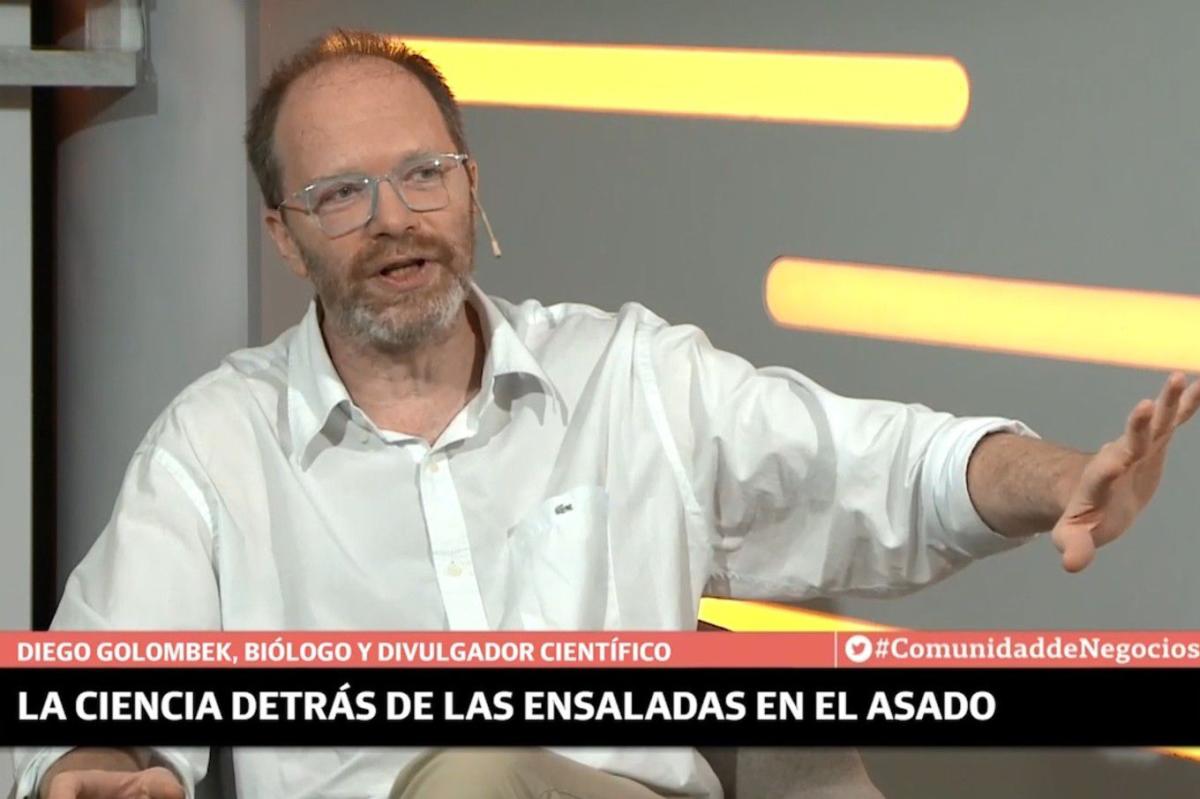During this weekly column meeting we have shared several definitions of innovation. Today I propose this: “Innovation is to look with other eyes, for example, scientists.” The idea is from physician biologist and promoter of science Diego Golombek, who in his new book The science of (good) ideas (Twenty-first century, 2022) takes us to the moment of the birth of ideas. He asserts that thoughts do not come from sudden thoughts or inspiration, but rather “from the tangle of neurons, upbringing, circuits, and experience that we humans have.”
In keeping with the author’s revealing concept of creativity and the science of good ideas, the same applies to demystifying innovation. This requires inquisitive, noncommittal, scrutinizing eyes, in short, scholars. “As with creativity and ideas, we can also demystify a sudden innovation or the result of an inspiring euphoria. In most cases, it is about observing, compiling and categorizing: assembling scattered parts of the world. The innovation often lies in placing them in the same place and finding new properties for them.‘, describes Golombek. And mentions an emblematic example of this: the suitcase with wheels. Wheels have been around for 5,000 years, and suitcases have been traced back to 1,000 years ago. The oldest and most medieval trunks are 1,000 d. from C.
However, the wheeled suitcase did not appear until 1970. Years later, the pilot added a column and continued to innovate. Sticks have been around for thousands of years, too. Diego is an example of other ideas of this scientific and associative innovation such as movie theaters that actually put screens in bathrooms so you don’t miss a thing if the extra-large sodas you bought force you out for a few minutes and backpacks with built-in umbrellas so you don’t have to carry them around, or even refills of French fries that let you eat them by removing the base of the tube so you don’t have to reach for them. (Potato chips, invented in 1853 in Saratoga by combining the concepts of french fries and crunchy biscuits)
Although the author cautions that it’s not a book about innovation, but rather the science of ideas, Diego gives us a fun and clear guide to evidence to encourage creativity and disruptive thinking and a quote from Marcel Proust invites us to remember it. In everyday life and apparently well-known grandmother can be: “The real voyage of discovery is not to look for new landscapes but to look with new eyes.”





:quality(85)/cloudfront-us-east-1.images.arcpublishing.com/infobae/JVEG643FOJGGJFSNY3RS7DZM4I.jpg)